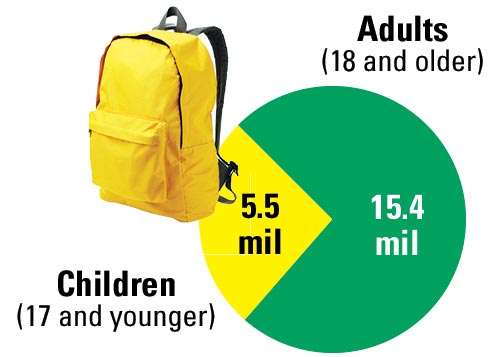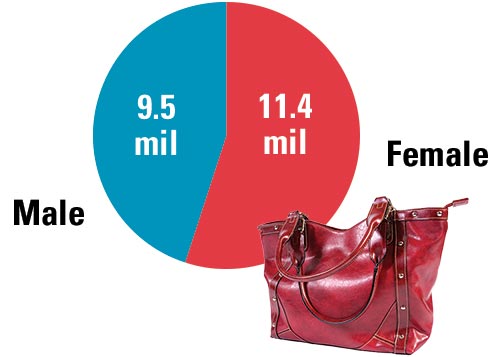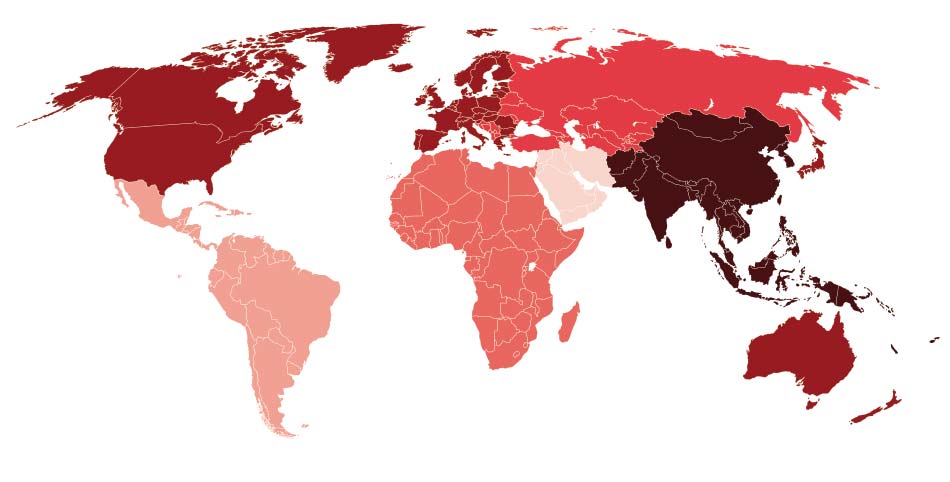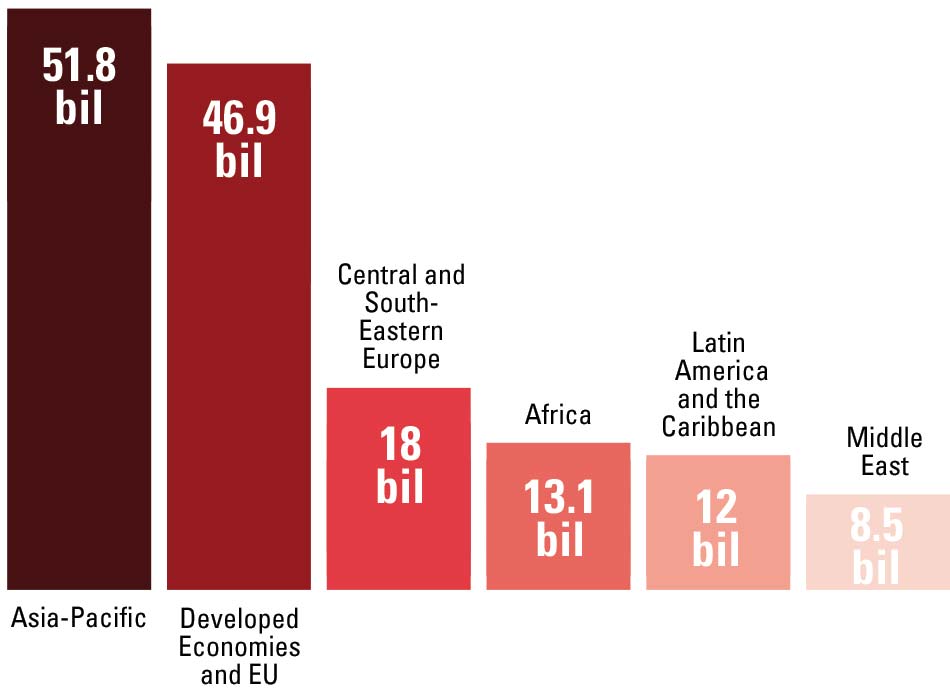 The act:
The act:
recruiting, transporting, harboring, or receiving
persons
 The means:
The means:
threat or use of force, deception, coercion,
fraud, or payment/benefits
 The purpose:
The purpose:
exploitation, especially forced labor
Why Is Human Trafficking so Difficult to Measure?
Research in human trafficking is further limited by the misuse of terms, poor or inconsistent methodology, and lack of adequate funding. For these reasons, human trafficking statistics, including the estimates here, should be regarded cautiously.
Lack of reliable data and ambiguous definitions can obscure the true nature of the problem. Forms of exploitation labeled “slavery” and “trafficking” may be less extreme than the terms lead us to believe.
Most studies gather data on reported cases from a representative number of countries and extrapolate a global estimate using statistical analysis. While no measure of human trafficking published today contains statistics from every country in the world, the International Labor Organization is widely considered as having the best estimates.
Worldwide
20.9 million estimated victims worldwide,1 or approximately 2.5 times the population of New York City (8.4 million)

U.S.
 24,062 signals* to
the U.S. national
hotline in 2014.
24,062 signals* to
the U.S. national
hotline in 2014.
5,042 of these turned
into cases.2
Sources: (1) The International Labor Organization (2) The Polaris Project (PDF), the U.S. nonprofit organization that hosts the national tip and crisis hotlines
*Signals include
calls, web forms,
and emails.


Forced Labor Exploitation Common industries: domestic work, agriculture, construction, manufacturing, and entertainment

Forced Sexual
Exploitation
Common forms:
brothel, Internet,
and hotel/motel based
prostitution
State-Imposed
Forced Labor
Farms and
Prisons
Common forms:
agriculture (e.g.,
cotton), military

Source: ILO, “Profits and Poverty: The Economics of Forced Labor”
Annual Profits of Forced Labor
($U.S. billion)
